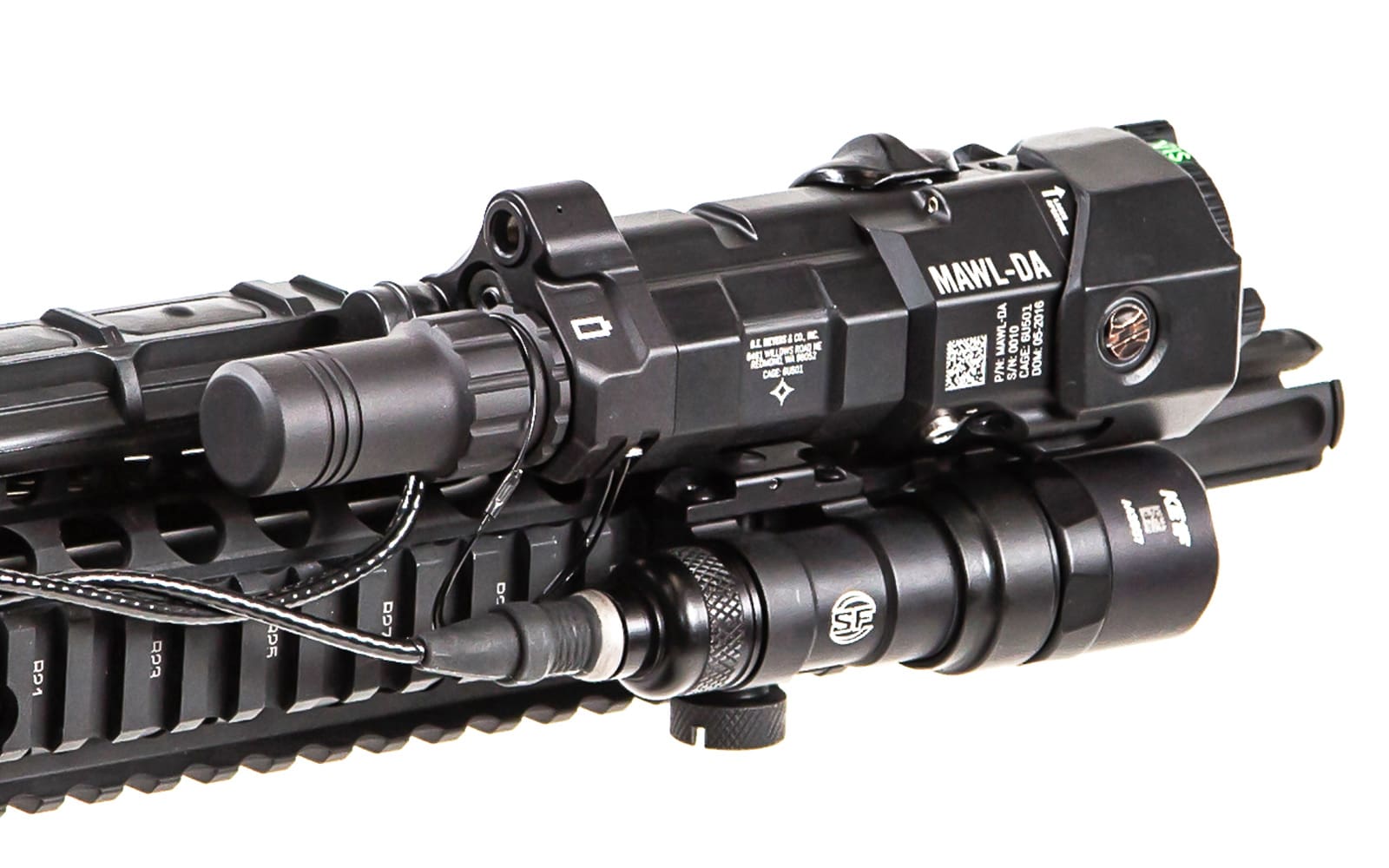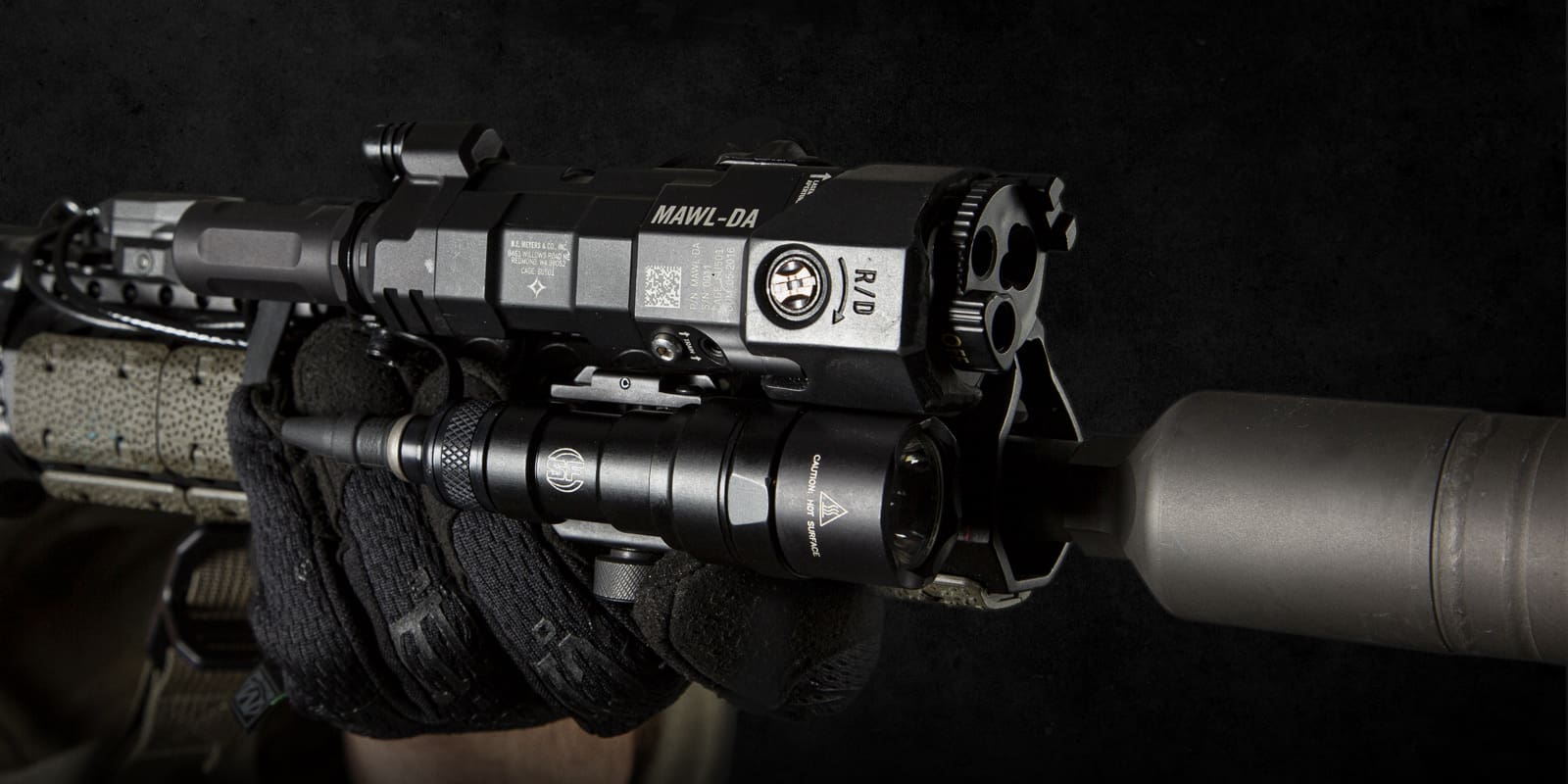Although SOCOM started fielding the M4A1 Carbine In 1994, 3rd SFG(A) went to Haiti with the M16A2 and didn’t receive ours until we returned to Ft Bragg in the spring of 95.
Although SOCOM started fielding the M4A1 Carbine In 1994, 3rd SFG(A) went to Haiti with the M16A2 and didn’t receive ours until we returned to Ft Bragg in the spring of 95.
Domestic Footwear Manufacturing Association to Continue to Defend American-made Footwear
Washington, D.C., October 20, 2019: The Rubber and Plastics Footwear Manufacturers Association, RPFMA, announced that the association’s management and advocacy operations are now performed by SMI, Inc., a Washington, D.C. based federal marketing and government affairs firm. Bill McCann, COO of SMI, is the new Executive Director of RPFMA.
“There are a host of pressing trade issues that face our industry. It is a dynamic and shifting playing field. RPFMA is committed to protecting the domestic rubber footwear industry’s interests and viability. It is with this singular goal in mind that the board selected SMI. The association will remain laser focused on protecting our categories of footwear from imports,” said John Larsen, Chairman of RPFMA and the President Emeritus of New Balance Athletics.
Since the 1930’s RPFMA, and its earlier affiliation with the Rubber Manufacturers Association, has effectively protected the remaining U.S. rubber footwear industry against imports by maintaining the existing duty rates on categories of rubber (nonleather) footwear still manufactured in the US.
“It’s an honor and a privilege to work for and with the RPFMA members. These companies are committed to making footwear in America. In order to ensure that domestic footwear manufacturing is sustainable and indeed able to grow, our nation needs to commit to fair trade policies and investments in advanced manufacturing technologies and workers,” said McCann. “RPFMA will continue to the be the voice of all domestic footwear manufacturers and will look to lead on fair trade policy and other issues of importance to this industry.”
As Executive Director, McCann will act on RPFMA’s behalf in Washington. He will lead advocacy efforts with federal agencies and the U.S. Congress. McCann is a principal at SMI and previously served as a Chief of Staff on Capitol Hill. He has both advocacy and management experience. McCann is well known for his lobbying efforts to require the DoD to comply with the Berry Amendment with respect to athletic shoes issued to enlisted recruits. Patrick Malloy will work with McCann on trade advocacy. Malloy is a former senior Congressional trade staffer. The SMI team will also provide event planning, website maintenance, communications, financial operations and membership services.
RPFMA’s official address is now 1020 19th Street, NW Suite 375, Washington, D.C.
October 18th, 2019: Rosco Manufacturing; an American manufacturer of high-quality gun barrels is proud to announce that they will be attending the National Association of Sporting Goods Wholesalers expo in Orlando, FL at the Gaylord Palms convention center October 22nd-25th. Rosco Mfg. products will be on display at the Cloud Defensive booth #1036 all week. Products ranging from the Bloodline/Purebred family of products, accessories, and our new (soon to be released) Upper Receiver Groups will be available for demonstration. Cloud Defensive will also have samples of their renowned OWL lights, COR rails, and LCS systems.
Make sure to pass by booth #1036 and checkout the new products, 2020 dealer programs, and see firsthand why we are America’s Hardest Working Barrels !
“Our affiliate partnership with Cloud Defensive has allowed us to work together on some amazing projects and promotions. We feel proud to be able to support a brand that is as hardworking, and customer focused as we are. We cannot wait to see the markets reactions to our new 2020 line of products and dealer programs.” – Gabriel Cabrera (Marketing & Sales Director for Rosco Manufacturing).
To see the Rosco barrels in action click here: Rosco videos For more information on Rosco Manufacturing and their products go to www.RoscoManufacturing.com

Conceived by Josh Jackson (SWAT-LEO) at LMS Defense, with input from other SWAT-team leaders and active-duty special operations soldiers, the VariArc helmet mount features locking teeth biased to the forward position, keeping your light aligned for the most critical uses; but with a firm twist, the VariArc mount unlocks and rotates through 8 additional lower-force index points for administrative tasks and diffused lighting options. Its small footprint and low-profile keep things tidy and the 1913 picatinny rail allows for maximum compatibility with visible and IR lights. Its reinforced polymer construction is built to remain fully functional through extreme temperatures, dirt, dust, sand, water, drops on concrete, and other rough handling.

“We wanted to develop a no compromises mounting solution that allowed our customers to mount one light and use it for all their needs” said Andrew Frazier, CEO of Thyrm, “ and it’s been great to see initial production units already in use with both elite law enforcement and military personnel across the globe.”
Features include
-Positively locks in the forward index position
-Picatinny accessory rail with 3 slots and 4 ridges
-Retention holes on both ends for dummy wiring critical gear
-Durable, reinforced polymer construction with steel hardware
-Compatible with dovetail-style helmet rails
-Available in black and flat dark earth colorways

As with all Thyrm products, VariArc mounts are designed and made in the USA.
To learn more or purchase, head to www.thyrm.com or your favorite Thyrm dealer. Government orders: gov@thyrm.com
This is the forty-first installment of ‘Max Talk Monday’ which shares select episodes from a series of instructional videos. Max Velocity Tactical (MVT) has established a reputation on the leading edge of tactical live fire and force on force training. MVT is dedicated to developing and training tactical excellence at the individual and team level.
This is a segment from the Max Velocity Tactical CQBC (Close Quarter Battle Course). The three day class covers Tactical Clearance methods. This specific period of instruction concerns the number one man entering an open doorway via the Step Center method of entry. The CQBC class is a three day event, day 1 on the flat range conducting individual skills and entry drills, using live fire and frangible ammunition. The latter two days are force on target and force on force at the CQB complex.
More of these instructional videos can be found by subscribing to the Max Velocity Tactical YouTube Channel.
Detailed explanations can be found in the MVT Tactical Manual: Small Unit Tactics.
Max is a tactical trainer and author, a lifelong professional soldier with extensive military experience. He served with British Special Operations Forces, both enlisted and as a commissioned officer; a graduate of the Royal Military Academy Sandhurst. Max served on numerous operational deployments, and also served as a recruit instructor. Max spent five years serving as a paramilitary contractor in both Iraq and Afghanistan; the latter two years working for the British Government in Helmand Province, Afghanistan.
Website: Max Velocity Tactical
YouTube: Max Velocity Tactical
Excellence in Tactical Training.
It is a pleasure to announce that Lorica Nostrum, an European Company, will Exhibit their Integrated Combat System (I.C.S.) during MILIPOL2019, Paris, France next November 19-22nd 2019. Pavilion 5, stand VD 026.
It was invented during Close Protection Team missions in Afghanistan, between years 2002 and 2005. Only for governmental agencies, military and L&E units.
The Integrated Combat System (I.C.S.) has been designed to work in special covert missions where a very low recognition profile is required, cloaked as a sport backpack.
Its design provides a tactical advantage which allows Special Forces soldiers or SWAT Officers to obtain an operational superiority, carrying the same weapons, ballistic protection and mission equipment in a covert and comfortable manner, enabling the users to employ this system in its full offensive envelope, while they mingle with the crowd until the operation starts.
It has been tested in operations in Africa and Europe since 2014. It has been tested in Static Line jumps, Military Free fall jumps, and waterborne operations since 2017.
It is compatible with more than 250 current weapons, assault rifles, carbines, SMG´s, PDW´s, grenade launchers, shotguns and handguns.
As options, the system may include:
1. An integrated harness for helicopter operations (SPIE or HRST),
2. An integrated positive buoyancy device for water operations,
3. A geolocation device,
4. RFID tags for better logistics,
5. It may be custom made, in size, colours and materials.
Worldwide and European Patents, US Patent #US10188197B2. Also patented in China, France, Germany, Israel, Italy, Russian Federation, Spain and UK.
NSN Pending
It is manufactured under Military Regulation PECAL/AQAP-2110 and Quality Regulation UNE-EN-ISO 9001:2008
Contact: info@loricanostrum.com

October 21, 2019 (Redmond, WA) – B.E. Meyers & Co., Inc. is proud to provide ongoing support to the United States Diplomatic Security Service (DSS), and to announce that following selection of the MAWL®-DA as their primary NIR weapon-mounted aiming and illumination laser, over 3,600 MAWL®-DA units are currently under contract with deliveries in progress. The MAWL®-DA selected includes the EC2 End Cap, as well as the AA Battery Adapter for dual power options in support of global DSS requirements.


This one showed up at AUSA. Thanks JD!